5 Method To Get Rid Of Toothache
Toothache refers to pain in and around the teeth and jaws that’s usually caused by tooth decay.
You may feel toothache in many ways. It ca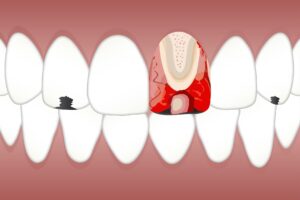 n come and go or be constant. Eating or drinking can make the pain worse, particularly if the food or drink is hot or cold.
n come and go or be constant. Eating or drinking can make the pain worse, particularly if the food or drink is hot or cold.
The pain can also be mild or severe. It may feel “sharp” and start suddenly. It can be worse at night, particularly when you’re lying down. A lost filling or broken tooth can sometimes start the pain.
It can also sometimes be difficult to decide whether the pain is in your upper or lower teeth. When a lower molar tooth is affected, the pain can often feel like it’s coming from the ear.
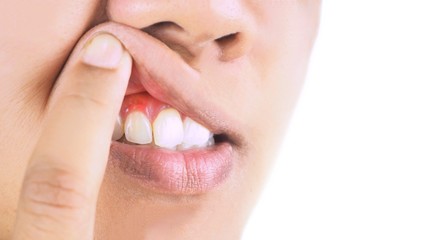 What is the Tootache Remedy?
What is the Tootache Remedy?
Toothache in other upper teeth may feel like it’s coming from the sinuses, the small, air-filled cavities behind your cheekbones and forehead.
The area of your jaw close to the infected tooth may also be sore and tender to touch.
It’s also possible for periodontal disease to give rise to a “dull” pain. Periodontal disease is a bacterial infection that affects the soft and hard structures that support the teeth.
What causes toothache?
Toothache occurs when the innermost layer of the tooth (dental pulp) becomes inflamed. The pulp is made up of sensitive nerves and blood vessels.
Dental pulp can become inflamed as a result of:
tooth decay – this leads to holes (cavities) forming in the hard surface of the tooth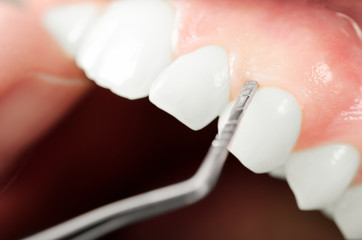
a cracked tooth – the crack is often so small that it can’t be seen with the naked eye
loose or broken fillings
receding gums – where the gums shrink (contract) to expose softer, more sensitive parts of the tooth root
periapical abscess – a collection of pus at the end of the tooth caused by a bacterial infection
There are a number of other conditions that can cause pain similar to toothache, even though the pulp isn’t affected. These include:
periodontal abscess – a collection of pus in the gums caused by a bacterial infection
ulcers on your gums
sore or swollen gums around a tooth that’s breaking through – for example, when your wisdom teeth start to come through
sinusitis – which sometimes causes pain around the upper jaw
an injury to the joint that attaches the jaw to the skull (temporomandibular joint)
Babies can also experience discomfort when their teeth start to develop. This is known as teething.
When to see your dentist?
If you have toothache for more than one or two days, visit your dentist as soon as possible to have it treated. The longer you leave it, the worse it will get.
If your toothache isn’t treated, the pulp inside your tooth will eventually become infected. This can usually lead to a dental abscess, with severe and continuous throbbing pain.
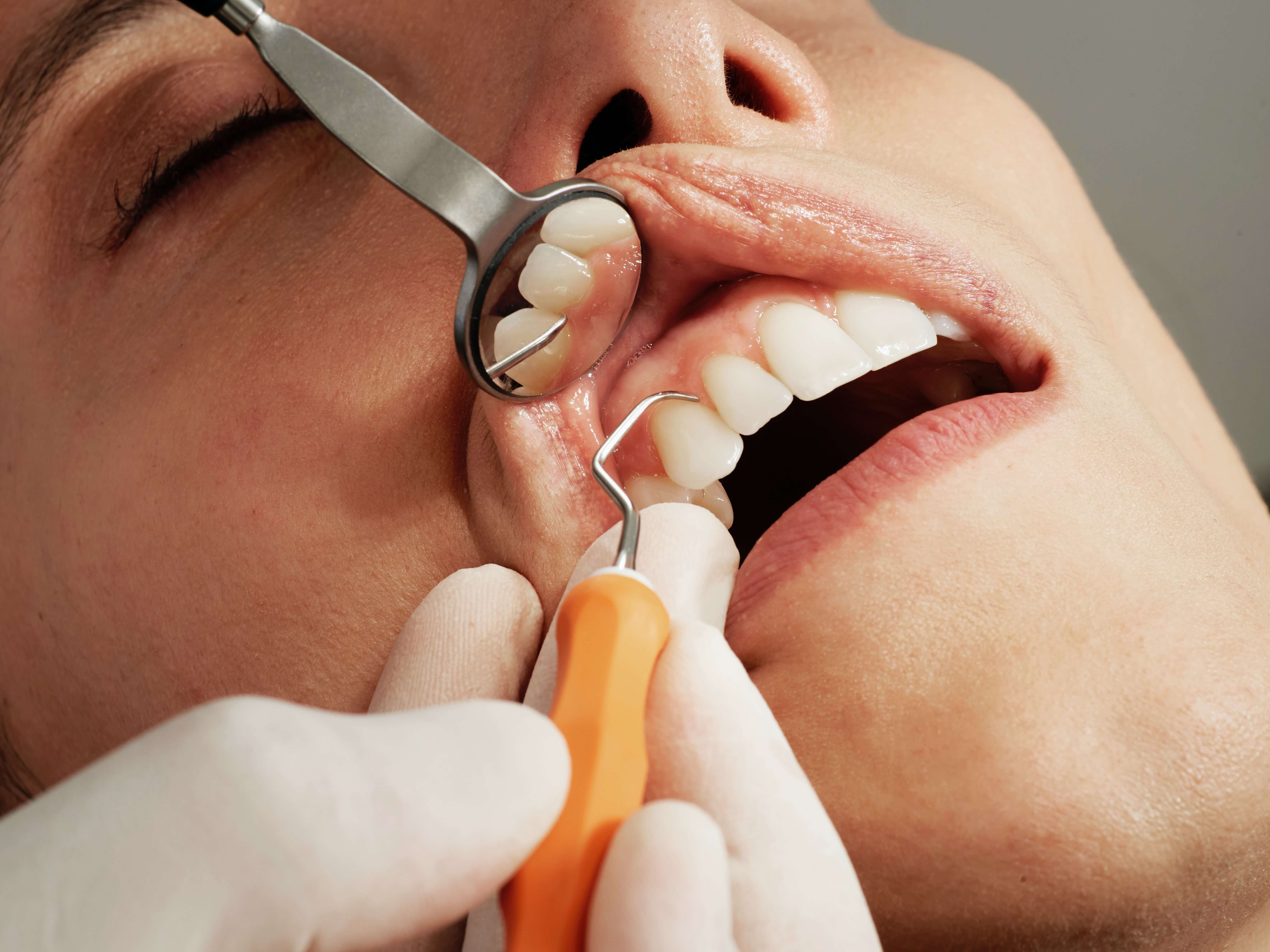 Painkillers, such as paracetamol and ibuprofen, may reduce the pain and discomfort while you’re waiting for an appointment. Children under 16 years of age shouldn’t be given aspirin.
Painkillers, such as paracetamol and ibuprofen, may reduce the pain and discomfort while you’re waiting for an appointment. Children under 16 years of age shouldn’t be given aspirin.
Find a dentist near you.
Treating Toothache
The type of treatment you have for toothache will depend on the cause of the pain, so your dentist will examine your mouth and may carry out an X-ray to try to identify the problem.
If your toothache is caused by tooth decay, your dentist will remove the decayed area and replace it with a filling.
If your toothache is caused by a loose or broken filling, the filling will be taken out, any decay will be removed, and a new filling put in place.
If the pulp inside your tooth is infected, you may need root canal treatment. This procedure involves removing the infected pulp and then inserting a special type of filling to seal the tooth and prevent reinfection.
Your tooth may need to be removed if the toothache can’t be treated using these methods or the tooth is wedged between another tooth and your jaw (impacted).
Preventing toothache
The best way to avoid getting toothache and other dental problems is to keep your teeth and gums as healthy as possible. To do this, you should; limit your intake of sugary foods and drinks – you should have these as an occasional treat and only at mealtimes; read more about cutting down on sugar
brush your teeth twice a day using a toothpaste that contains fluoride – gently brush your gums and tongue as well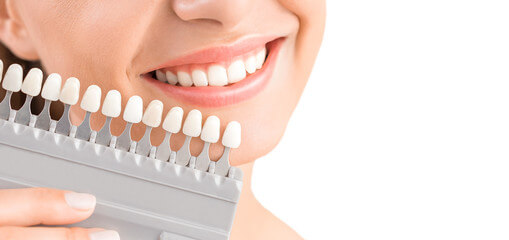
clean between your teeth using dental floss and, if necessary, use a mouthwash
don’t smoke – it can make some dental problems worse
Make sure you have regular dental check-ups, preferably with the same dentist.
The time between check-ups can vary, depending on how healthy your teeth and gums are and your risk of developing future problems.
Your dentist will suggest when you should have your next check-up based on your overall oral health.
Children should have a dental check-up every six months so tooth decay can be spotted and treated early.
Read more about taking care of your teeth and keeping your teeth clean.

